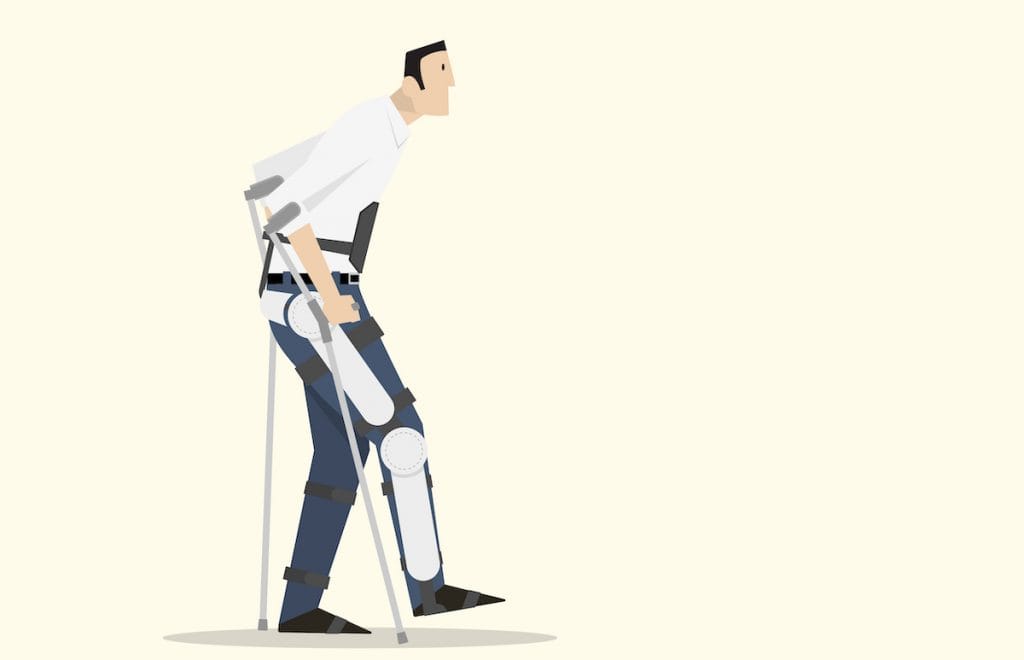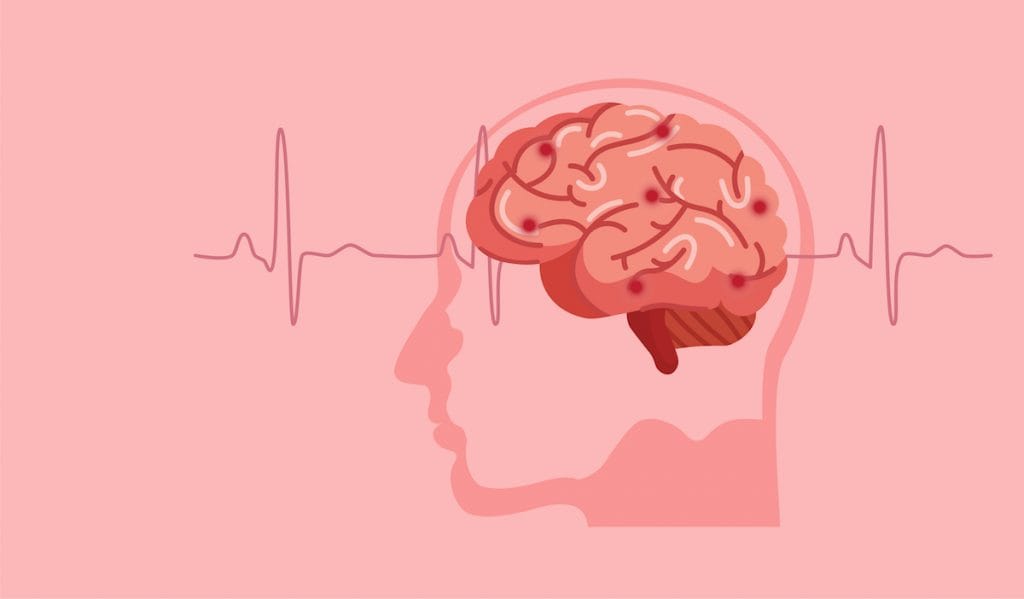
Star-shaped brain cells could play an important role in stuttering, new research has revealed.
The cells, called astrocytes, are actively involved in brain function, and a new study has revealed their role in stuttering.
Stuttering, a childhood onset fluency disorder that leads to speech impairment, is associated with high levels of the neurotransmitter dopamine.
“Our study suggests that treatment with the medication risperidone leads to increased activity of the striatum in persons who stutter,” said Dr. Gerald A. Maguire, professor and chair of the Department of Psychiatry and Neuroscience at UCR School of Medicine, who led the study.
“The mechanism of risperidone’s action in stuttering, in part, appears to involve increased metabolism – or activity – of astrocytes in the striatum.”
The striatum is a key component of the basal ganglia, a group of nuclei best known for facilitating voluntary movement. Present in the forebrain, the striatum contains neuronal activity related to cognition, reward, and coordinated movements.
Risperidone works by blocking the receptors in the brain that dopamine acts on, thus preventing excessive dopamine activity.
The medication is available by prescription under a physician’s order almost anywhere in the world. In existence for nearly 30 years, it is generally prescribed for schizophrenia and bipolar disorder.
In this study, a collaboration between Dr Maguire and Shahriar SheikhBahaei, an independent research scholar at the National Institutes of Health’s National Institute of Neurological Disorders and Stroke, evidence has been found that that astrocytes in the striatum may be crucially involved in how risperidone is able to reduce stuttering.
“We do not know the exact mechanism for how risperidone activates astrocytes in the striatum,” said co-author SheikhBahaei.
“What we know is that it activates astrocytes. The astrocytes then release a signalling molecule that affects neurons in the striatum by blocking their dopamine receptors.
“In our future work, we would like to find this signalling molecule and better understand the exact role astrocytes play in stuttering, which, in turn, could help us design drugs that target astrocytes.”
Maguire and his team conducted a randomised, double-blinded placebo-controlled clinical trial with 10 adult subjects to observe risperidone’s effects on brain metabolism.
At the start of the study and after six weeks of taking risperidone (0.5-2.0 mg/day) or a placebo pill, the 10 participants were assigned to a solo reading aloud task.
The participants then each underwent a positron emission tomography, or PET, scan.
Five subjects got risperidone while the other five got a placebo. Those in the risperidone treatment group were found to show higher glucose uptake – or higher metabolism – in specific regions of the brain according to scans taken after active treatment.
“Naturally, and abnormally, glucose uptake is low in stuttering – a feature common to many neurodevelopmental conditions,” says Dr Maguire, who also is a person who stutters.
“But risperidone seems to compensate for the deficit by increasing the metabolism, specifically, in the left striatum. More research is needed to understand this better.
“Neuroimaging techniques we used to visualise changes in the brains of those who stutter can provide valuable insights into the pathophysiology of the disorder and guide the development of future interventions.”
Next, the researchers will aim to further understand what causes stuttering, what the different types of stuttering are, what may be their etiologies, allowing them to develop targeted personalised treatments for those who stutter.
“The general goal of our research collaboration is to combine basic research in my lab with Dr Maguire’s clinical studies,” SheikhBahaei said.
“Our data, which suggests astrocytes in the striatum may be playing an important role in the development of stuttering, helps unify some of the findings the scientific literature has seen recently on astrocytes and could help connect the dots.”









